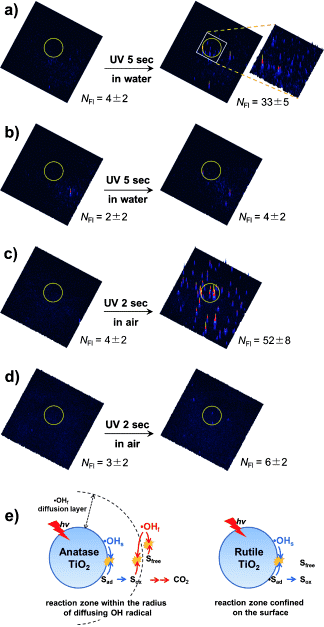
연구
Research Outcome
미래를 창조하는 포스텍 화학공학과
Molecular-Level Understanding of the Photocatalytic Activity Difference between Anatase and Rutile Nanoparticles
- Title of paper
- Molecular-Level Understanding of the Photocatalytic Activity Difference between Anatase and Rutile Nanoparticles
- Author
- [최원용교수 연구실]
- Publication in journal
- Angew. Chem. Int. Ed. 2014, 53, 14036-14041 (October 2014)
- Publication date
- 20141014
[Abstract]
The generation of oxidants on illuminated photocatalysts and their participation in subsequent reactions are the main basis of the widely investigated photocatalytic processes for environmental remediation and selective oxidation. Here, the generation and the subsequent diffusion of COH from the illuminated TiO2 surface to the solution bulk were directly observed using a single-molecule detection method and this molecular phenomenon could explain the different macroscopic behavior of anatase and rutile in photocatalysis. The mobile COH is generated on anatase but not on rutile. Therefore, the photocatalytic oxidation on rutile is limited to adsorbed substrates whereas that on anatase is more facile and versatile owing to the presence of mobile COH. The ability of anatase to generate mobile COH is proposed as a previously unrecognized key factor that explains the common observations that anatase has higher activity than rutile for many photooxidative reactions.
doi: 10.1002/anie.201406625
LINK: http://onlinelibrary.wiley.com/doi/10.1002/anie.201406625/full



